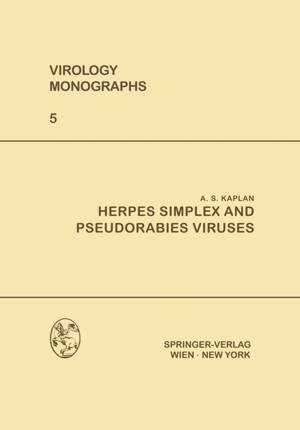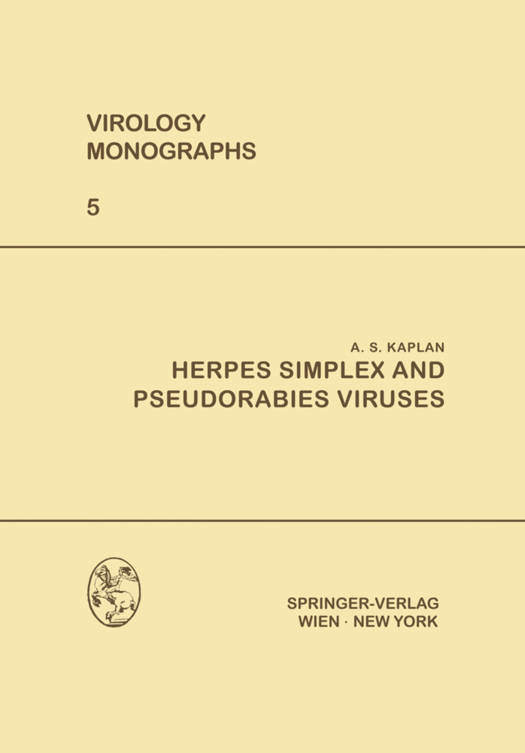
- Afhalen na 1 uur in een winkel met voorraad
- Gratis thuislevering in België vanaf € 30
- Ruim aanbod met 7 miljoen producten
- Afhalen na 1 uur in een winkel met voorraad
- Gratis thuislevering in België vanaf € 30
- Ruim aanbod met 7 miljoen producten
Zoeken
Omschrijving
The herpes group consists of viruses which have been placed together on the basis of a number of distinguishing features that they share in common (ANDRE- WES, 1962). All these viruses are relatively large, possess identical morphological characteristics, contain DNA, and are extremely sensitive to inactivation by ether; these viruses are also assembled within the nucleus of the host cell and induce the formation of eosinophilic intranuclear inclusions. The epidemiology of some of the best known viruses in this group (herpes simplex, pseudorabies, and B-virus) is also similar (BURNET et aI., 1939). Herpes simplex virus exists in the latent state in man, the natural host for this virus, and becomes overt in individuals subject to some form of stress; this condition appears to be paralleled by pseudorabies virus in its natural host, swine and by B-virus in monkeys. In each instance, transmission of the virus to a susceptible host other than the natural one results usually in marked symptoms and death. This chapter is confined to a description of herpes simplex and pseudorabies viruses; B-virus is described separately elsewhere in the Hand book. Since the clinical aspects of the diseases caused by herpes simplex virus and pseudorabies virus have been well described, greater emphasis will be placed, therefore, on the basic biological and biochemical properties of these viruses; their clinical features will be discussed only briefly.
Specificaties
Betrokkenen
- Auteur(s):
- Uitgeverij:
Inhoud
- Aantal bladzijden:
- 118
- Taal:
- Engels
- Reeks:
- Reeksnummer:
- nr. 5
Eigenschappen
- Productcode (EAN):
- 9783709182314
- Verschijningsdatum:
- 16/01/2012
- Uitvoering:
- Paperback
- Formaat:
- Trade paperback (VS)
- Afmetingen:
- 170 mm x 244 mm
- Gewicht:
- 213 g

Alleen bij Standaard Boekhandel
+ 201 punten op je klantenkaart van Standaard Boekhandel
Beoordelingen
We publiceren alleen reviews die voldoen aan de voorwaarden voor reviews. Bekijk onze voorwaarden voor reviews.








